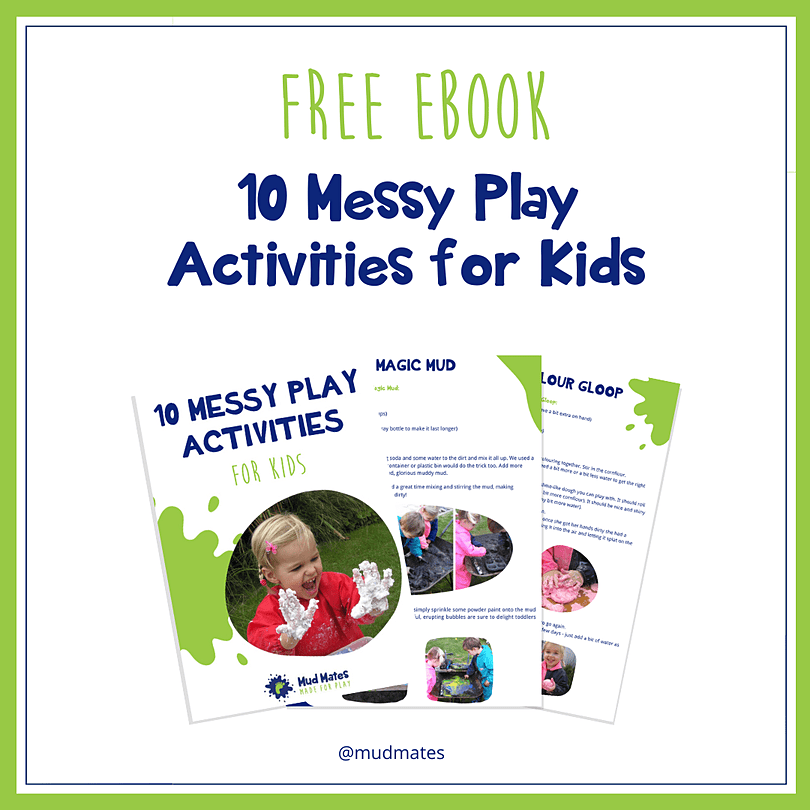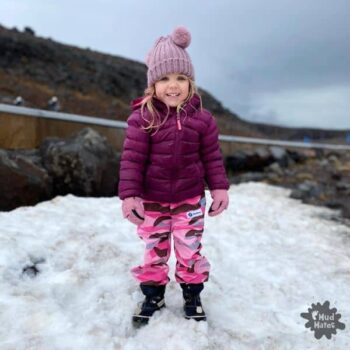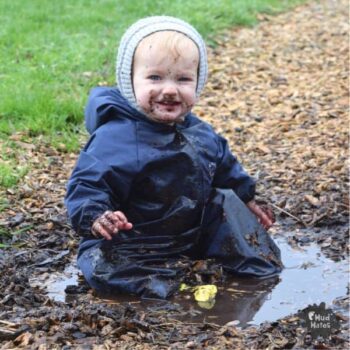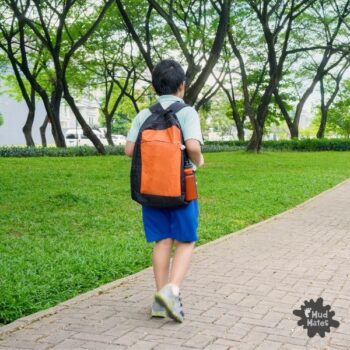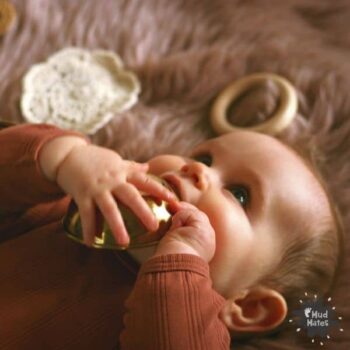Blog, Overpants, Parenting Tips
Why Risky Play is an Important Part of Childhood
Just the thought of allowing or even encouraging risky play may send shivers up your spine, but there’s plenty of evidence that it is beneficial for children. If you think back to your childhood or even that of your parents, there was less adult supervision and a lot more time spent outdoors.
Risky play is about children taking age-appropriate risks involving a challenging experience, where there is no likelihood of serious injury. So rather than participating in an activity where serious injury is likely, such as jumping off a roof, a child can experiment as to what they can do on a playground or by climbing a tree.
6 Types of Risky Play
- Playing at high speed
- Play with dangerous tools (like a hammer)
- Play at great heights
- Play near dangerous elements (like water)
- Play where children could get lost or ‘disappear’ (like hide and seek)
- Rough and tumble play.
There has been plenty of research about risky play and as a result, multiple benefits have been identified. We’re sharing some of these with you today.

7 Benefits of Risky Play for Kids
When a child engages in risky play, great things can happen to them, including the development of the following:
- Self-confidence – when a child tries something risky and are successful, their self confidence in their ability to try new things grows.
- Adaptability and emotional regulation– by moving outside of their comfort zone, a child learns how to manage their fear and nervousness and are better placed to adapt easily to new situations.
- Risk assessment skills – children learn how to judge risks and the associated consequences, becoming skilled at making good decisions.
- Physical development –climbing, jumping, running, rolling and other forms of exercise help develop motor skills, strength and endurance.
- Social skills – often challenging activities require assistance from others to be successful. This means being able to share ideas, ask for help and work as a team.
- Creativity – part of the fun of play is figuring out how to do something and solve the problem, which helps develop creativity. Just make sure they are dressed appropriately so that their clothing remains wearable – such as by using our Muddy Kids Pack!
- Initiative – children make the decisions to try something new, helping them to set their own goals in regard to their play.
As a parent, it can be super scary knowing that your child may fail or even worse get hurt. We are in no way saying that you should be anything but 110% protective of your child’s safety, health and wellbeing. Rather that you work with them when they choose to take age appropriate and safe risks in their play.
For more parenting tips plus messy play inspiration and fun crafts and activities for kids sign up to our newsletter.
You can also follow us on Facebook, Instagram and Pinterest for more inspiration.

